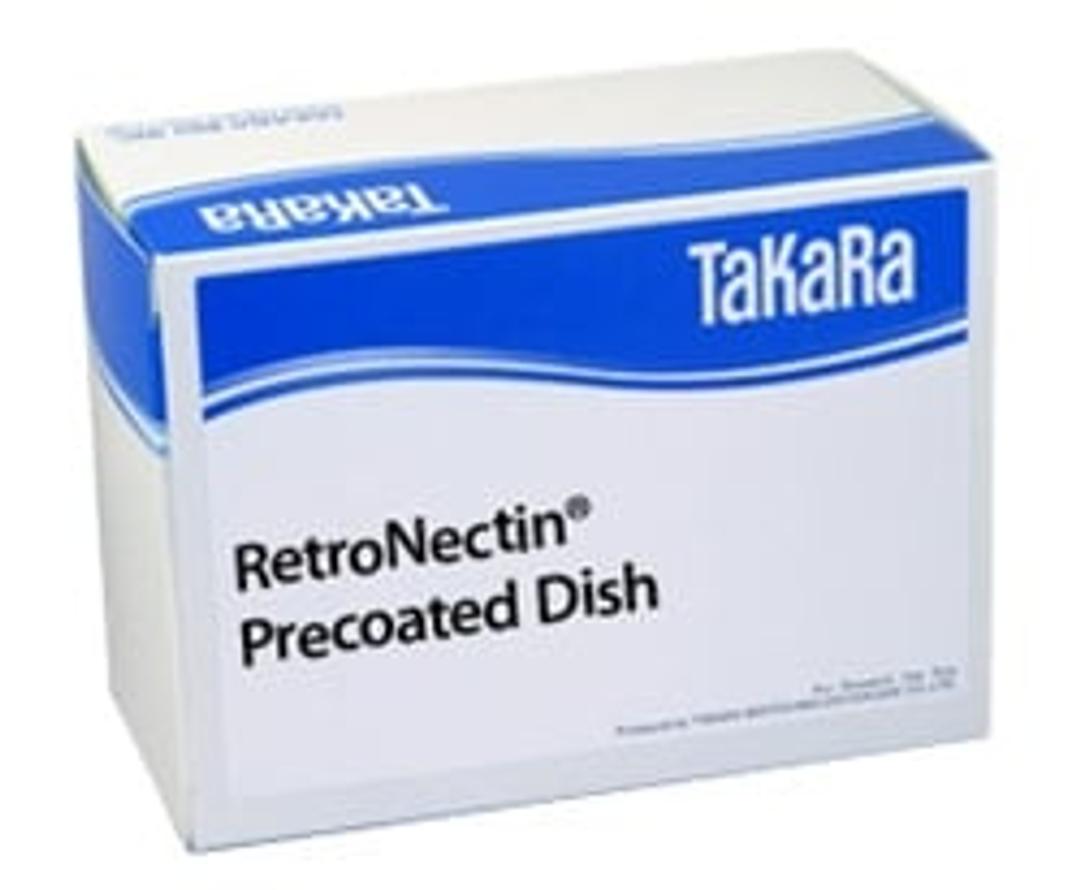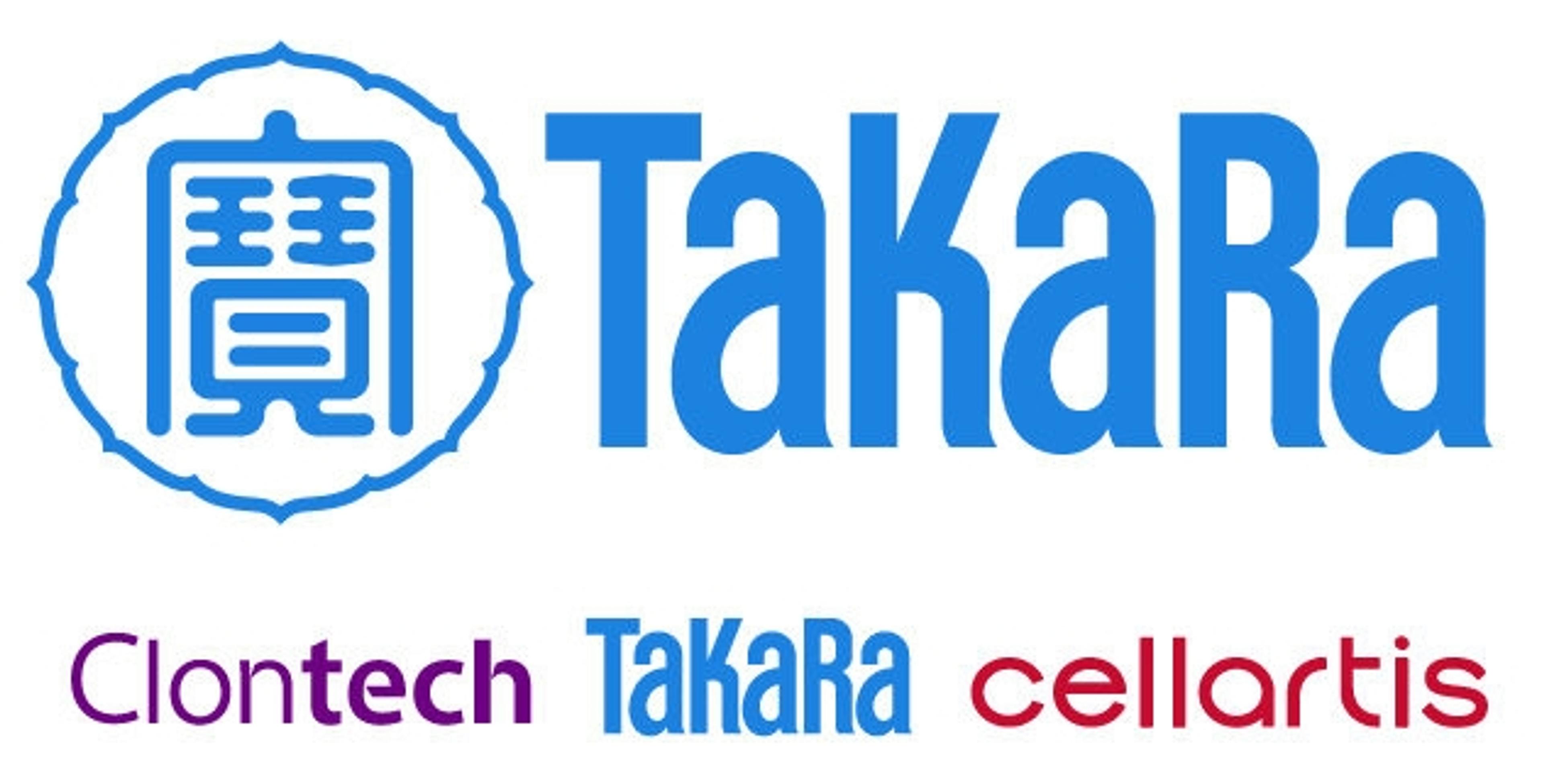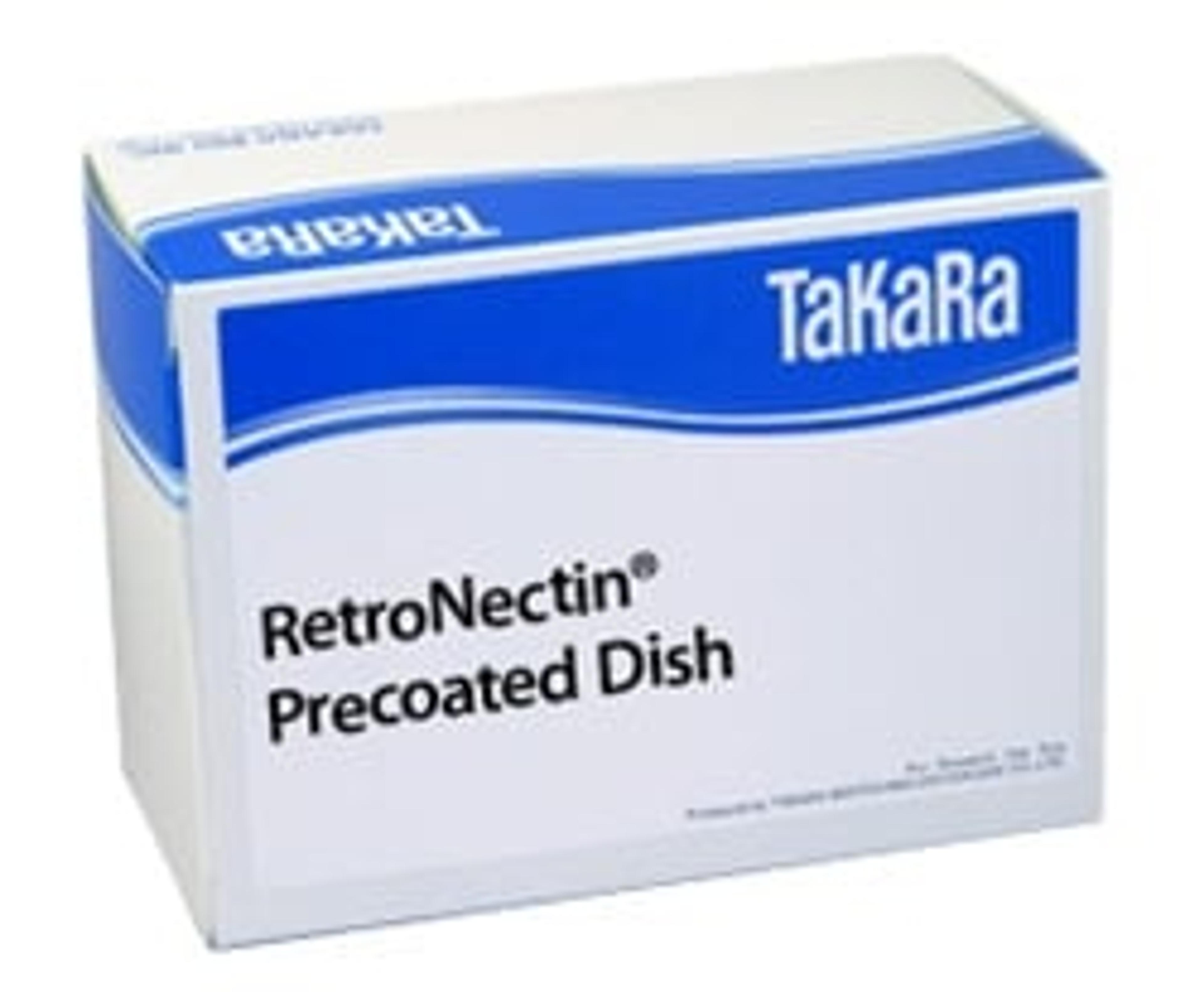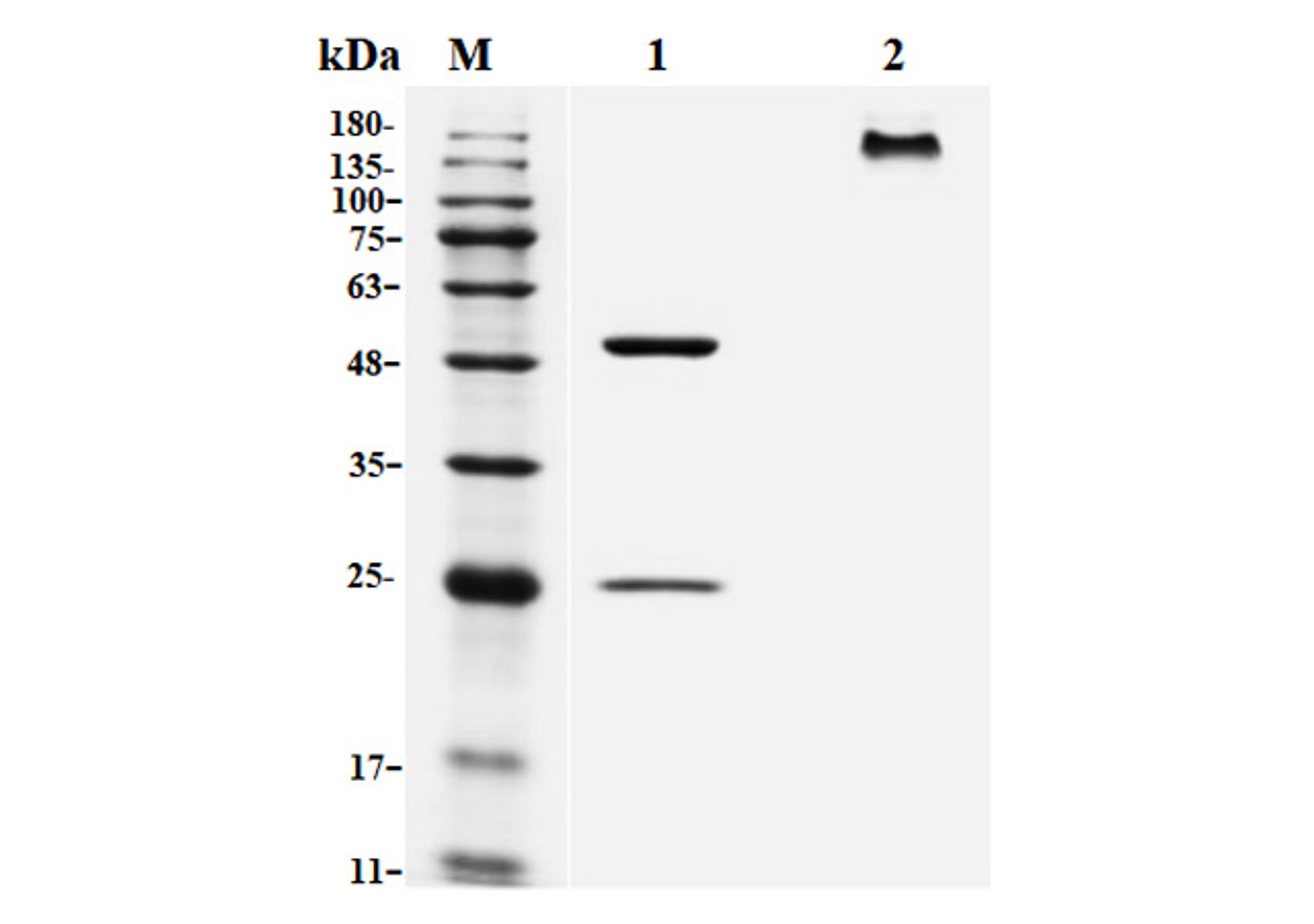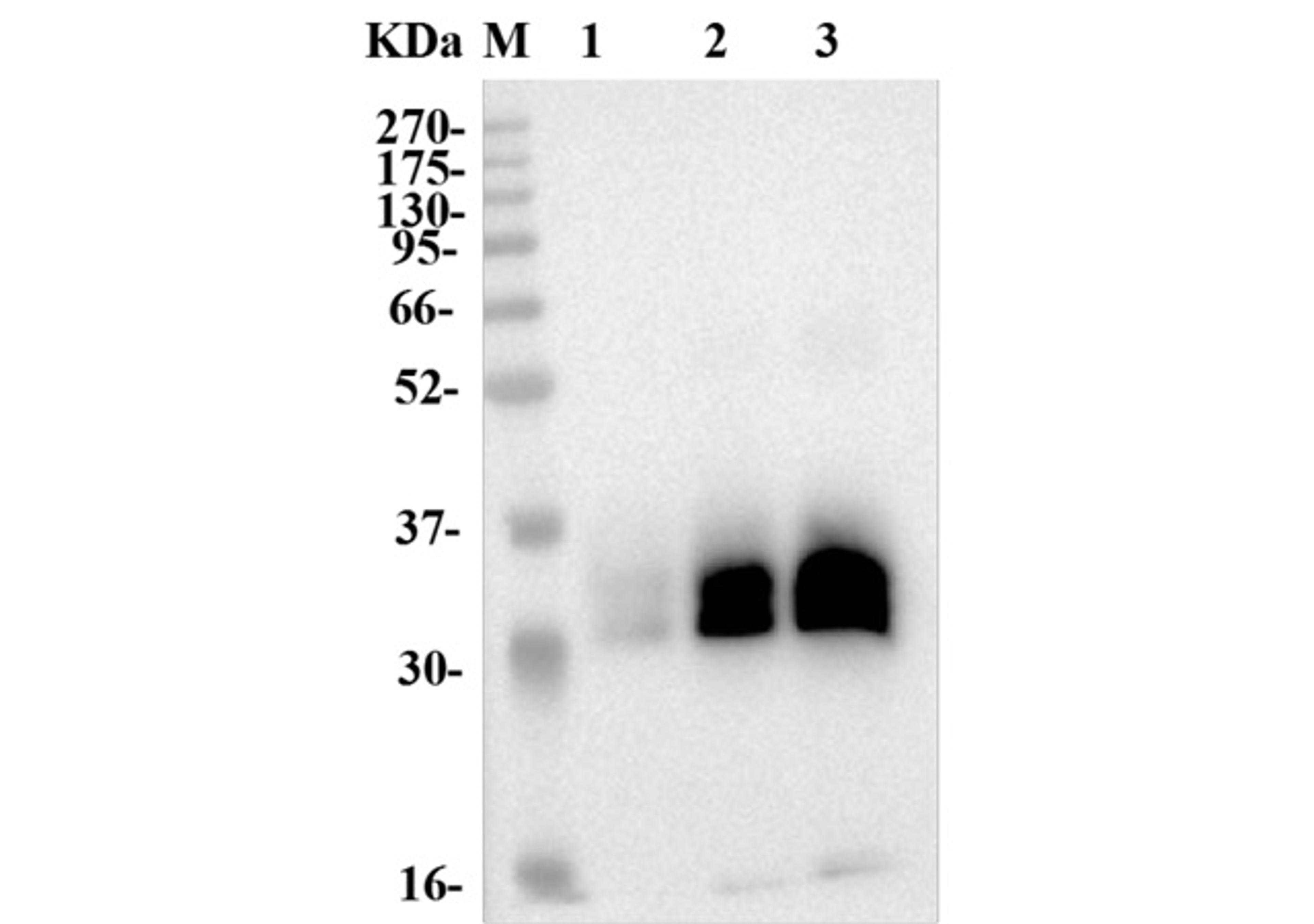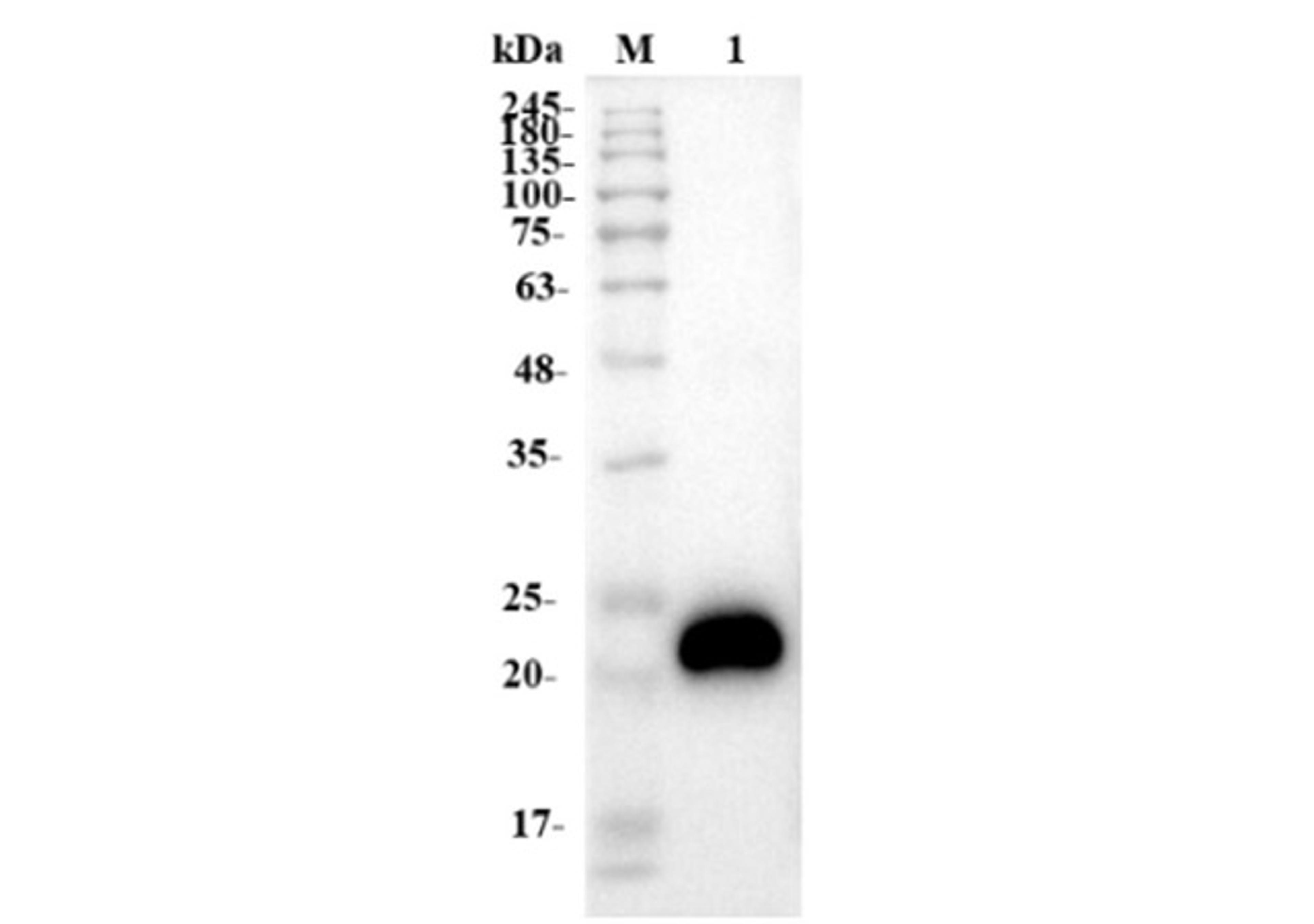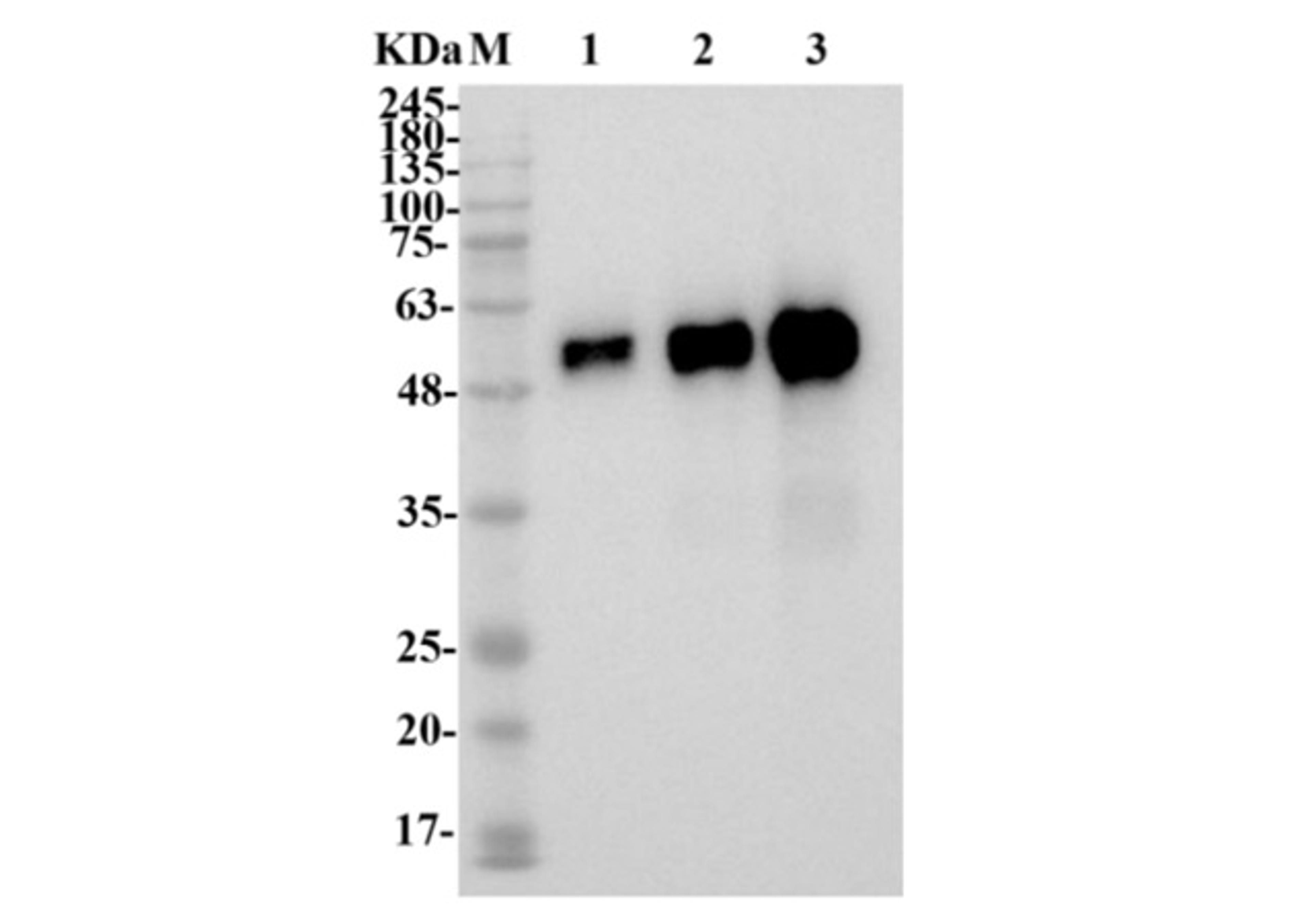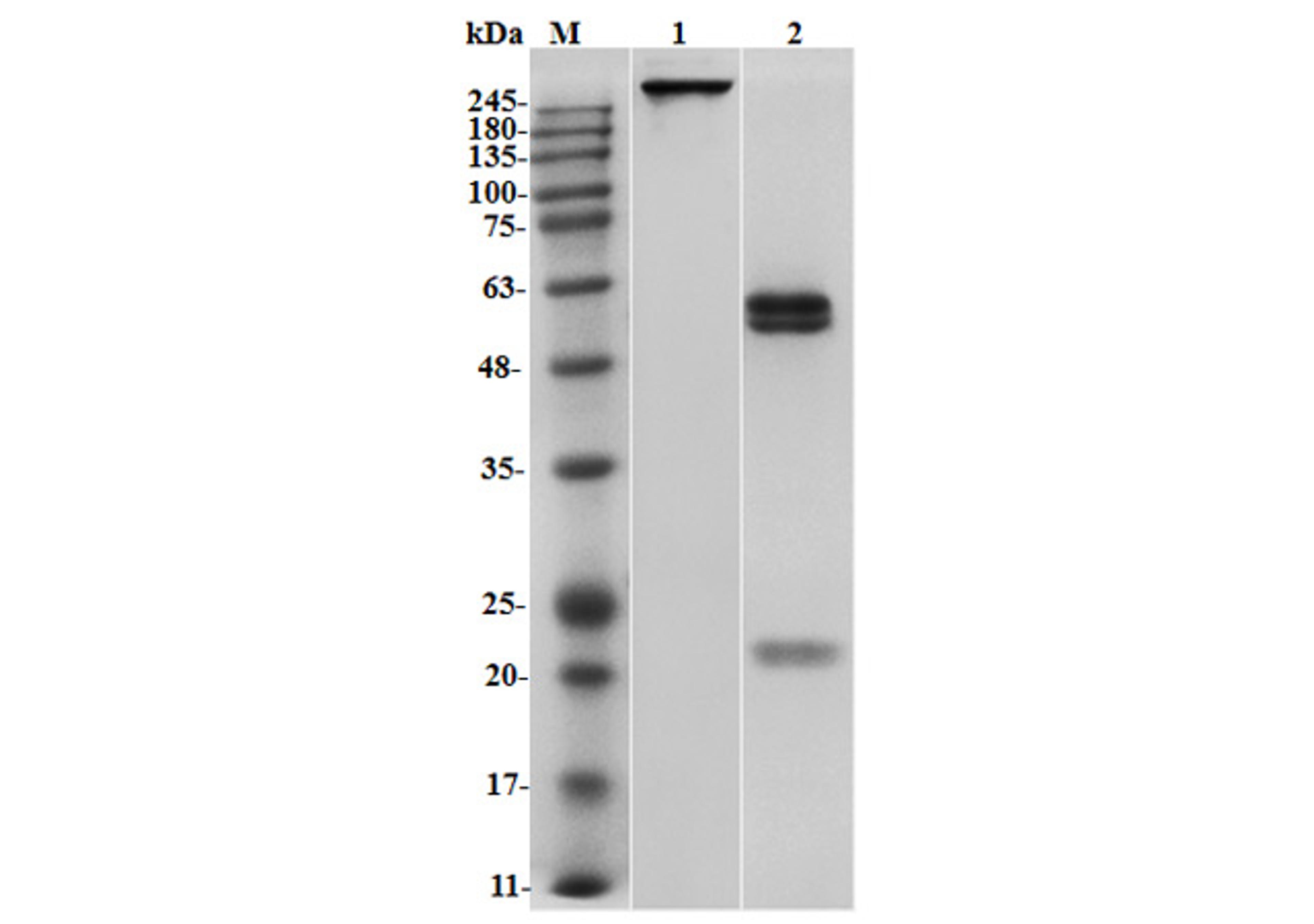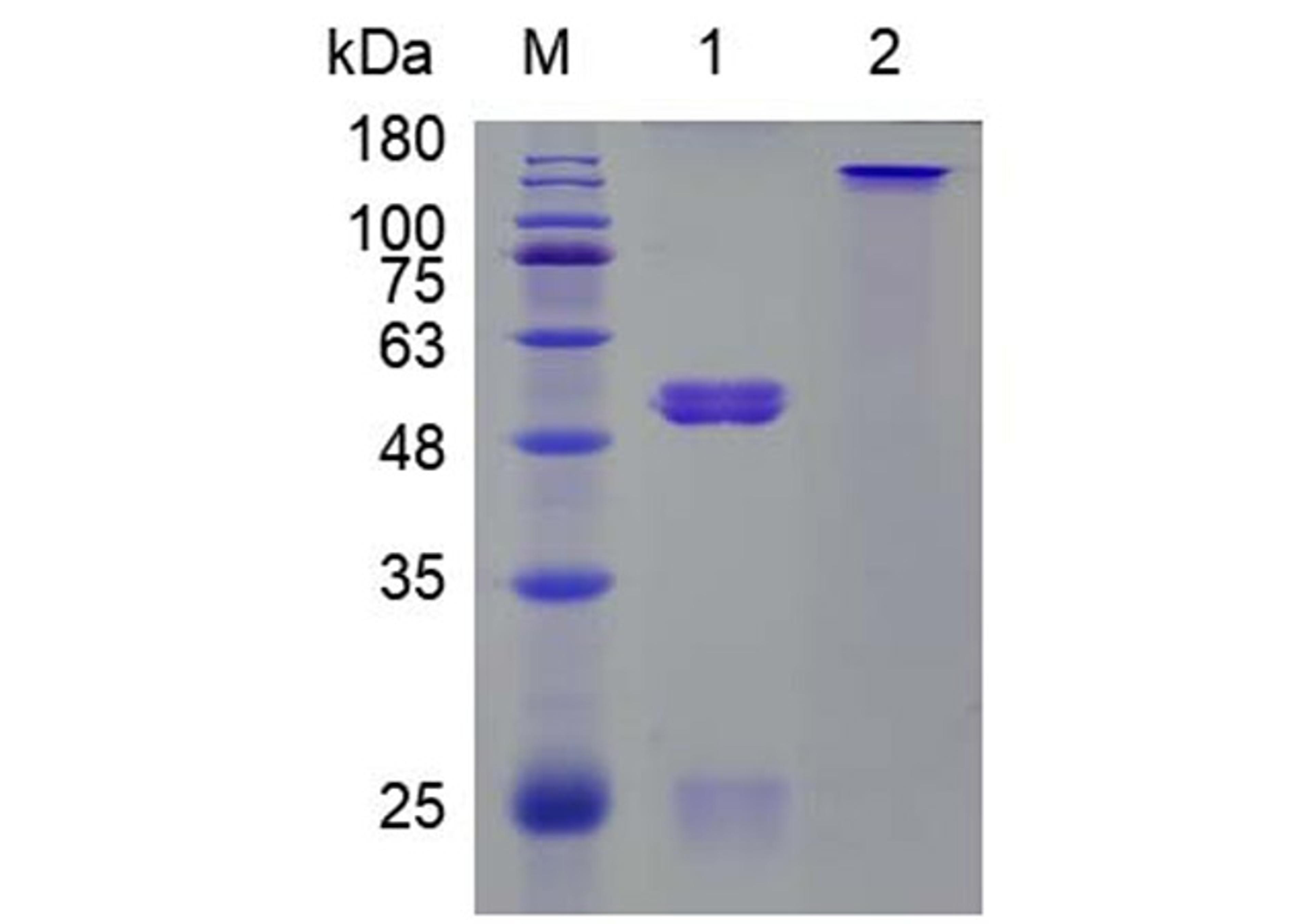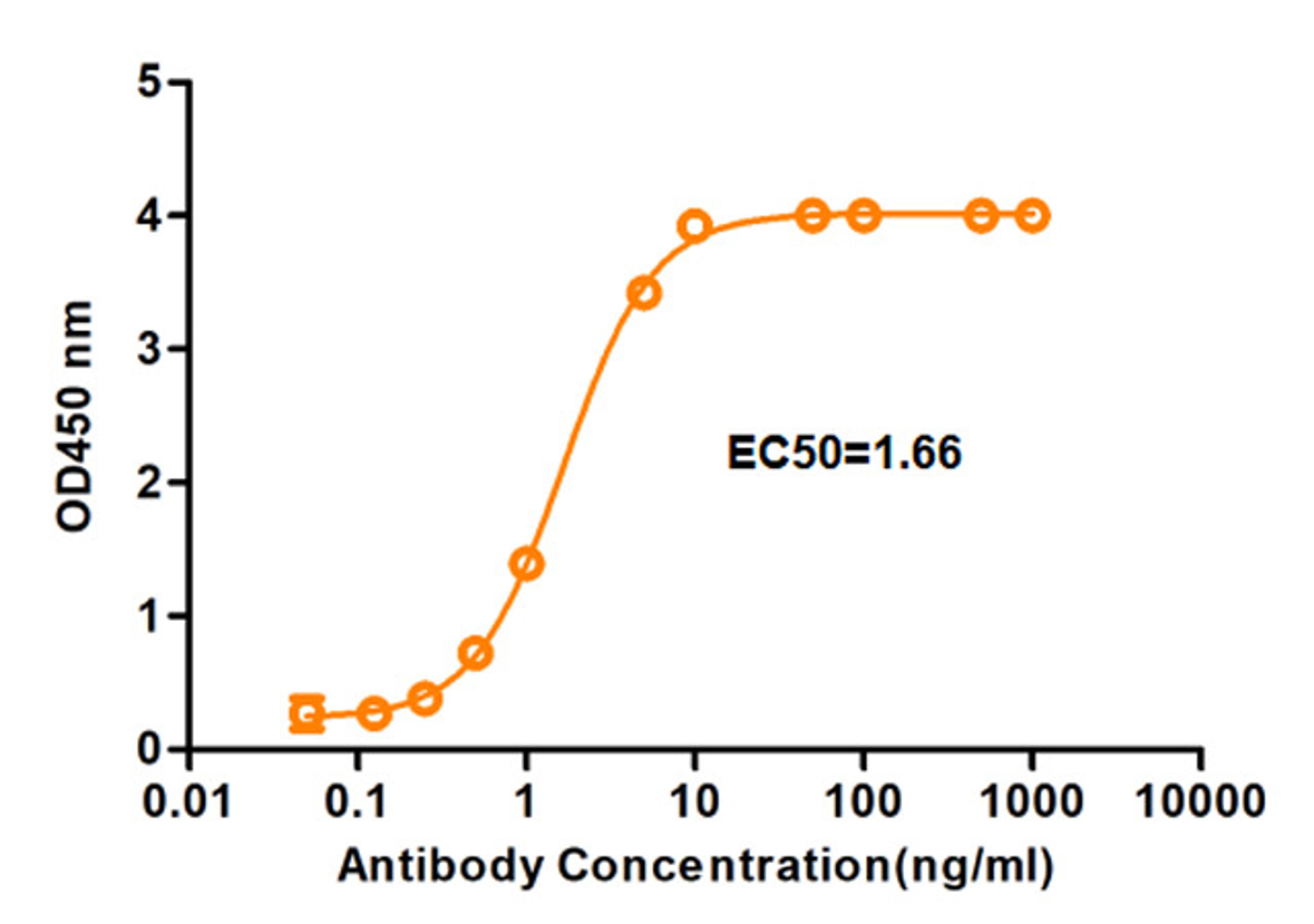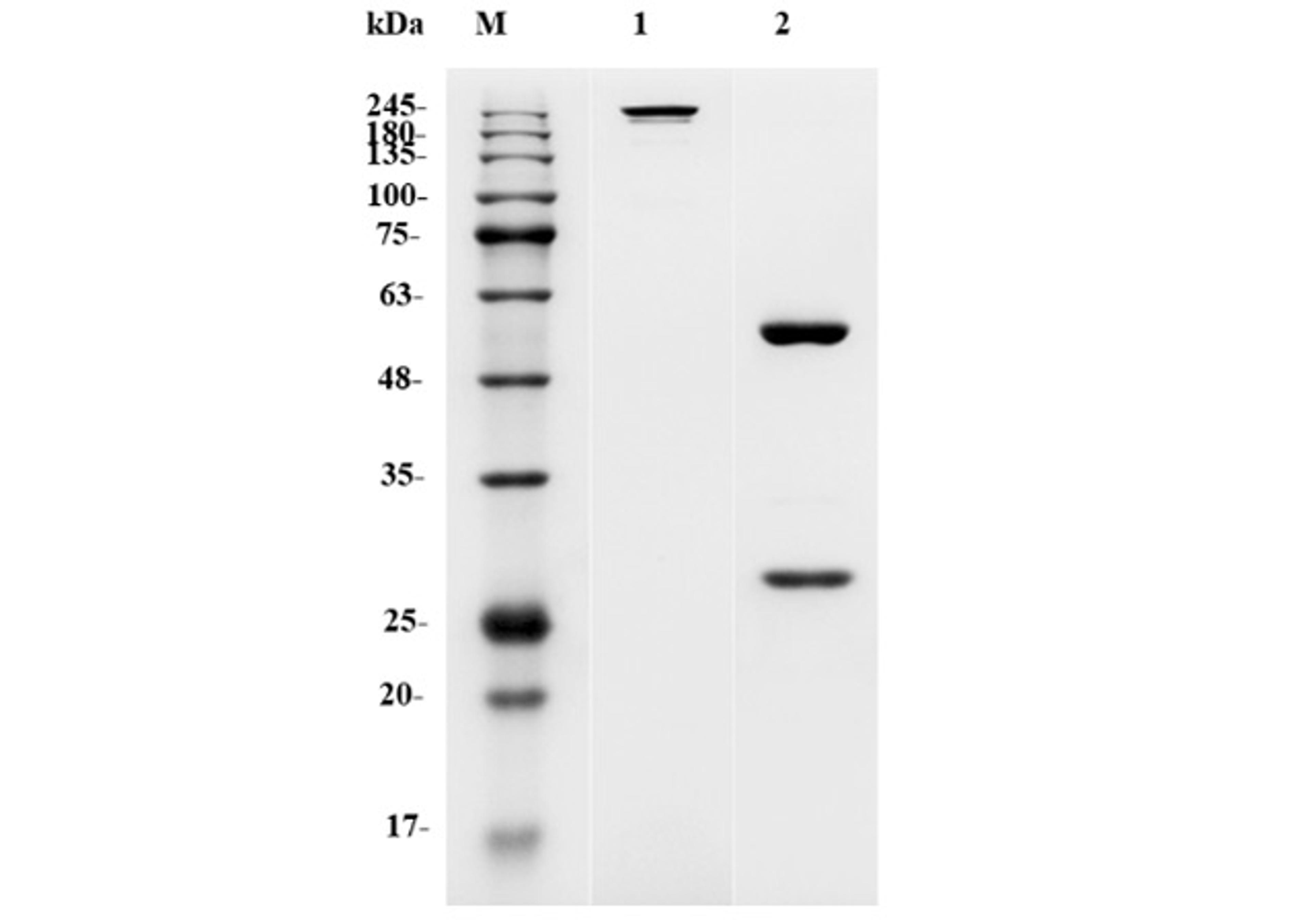RetroNectin® Reagent
Research and Clinical Grade RetroNectin Reagent for Retroviral or Lentiviral Transduction. RetroNectin Reagent for retroviral or lentiviral transduction significantly increases transduction efficiency and results in enhanced gene transfer, especially in suspension and hematopoietic stem cells. RetroNectin Reagent is a chimeric peptide composed of E. coli-derived recombinant human fibronectin fragment that contains three funct…

The supplier does not provide quotations for this product through SelectScience. You can search for similar products in our Product Directory.
Research and Clinical Grade RetroNectin Reagent for Retroviral or Lentiviral Transduction.
RetroNectin Reagent for retroviral or lentiviral transduction significantly increases transduction efficiency and results in enhanced gene transfer, especially in suspension and hematopoietic stem cells. RetroNectin Reagent is a chimeric peptide composed of E. coli-derived recombinant human fibronectin fragment that contains three functional domains: a central cell-binding domain (type III repeat, 8-10), a heparin-binding domain II (type III repeat, 12-14), and a CS1 site within the alternatively-spliced IIICS region. RetroNectin is a 574 amino acid protein with a molecular weight of 63 kDa. Fibronectins (FNS) are multi-functional cell adhesive glycoproteins present in the extracellular cell matrix and plasma and also play critical roles in wound healing and embryogenesis.
When coated on surfaces of cell culture dishes, flasks or bags, RetroNectin significantly increases retroviral or lentiviral transduction into mammalian cells. This enhanced gene transfer is thought to occur via the co-localization of retroviral particles and target cells on the RetroNectin molecules. In essence, viral particles bind RetroNectin via interaction with its heparin-binding domain II, while target cells bind RetroNectin primarily through interaction of the cell surface integrin receptor VLA-4 with the fibronectin CS1 site. Additionally, target cells may also bind the RetroNectin recombinant human fibronectin fragment via the interaction of fibronectin tripeptide Arg-Gly-Asp (RGD), located within the molecule's central cell-binding domain, with corresponding cell surface integrin receptor VLA-5.
Features:
- Enhanced gene transfer efficiency
- Higher retroviral or lentiviral transduction levels in suspended and adherent mammalian cells
- Improved success in hard-to-infect cell types and hematopoietic stem cells
- Nontoxic: does not require cytotoxic polybrene
- Superior transduction efficiency compared with fibronectin, polybrene or protamine
- Higher reagent efficiency enables use of smaller viral solution volumes
- Clinical grade RetroNectin is available
Applications:
- General retroviral or lentiviral transduction experiments
- Cell migration assays
- Gene therapy studies: RetroNectin has already been used in over 40 clinical trials, mostly using hematopoietic stem cells
- Cell therapy studies related to stem cell research and related technology

